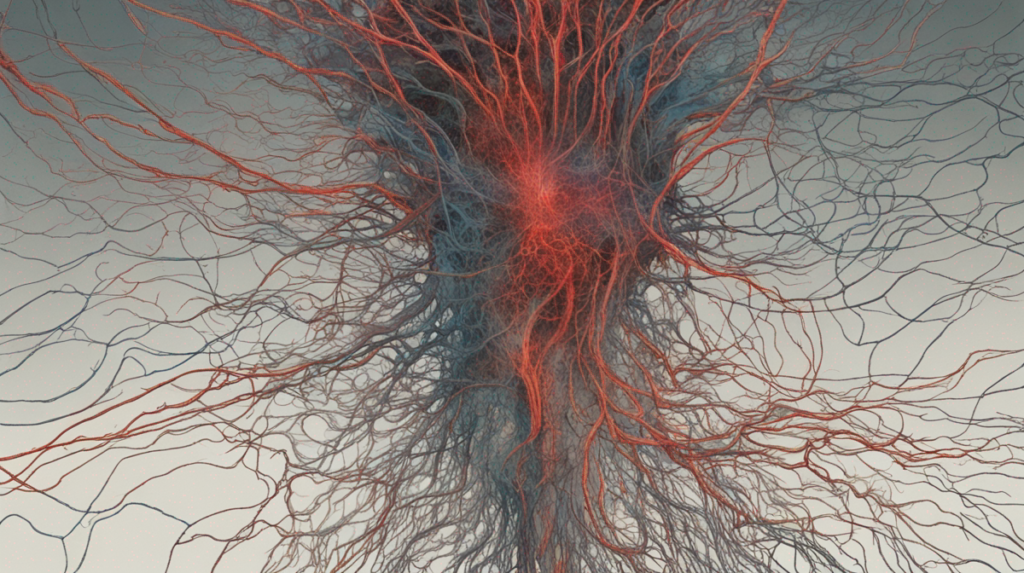From stubbing a toe to experiencing a migraine, pain is an unpleasant reality we’ve all come to know. But how does it work? This all-encompassing article unravels the enigma of pain, employing the latest scientific research and expert insights to help you comprehend its complex nature and shares practical advice on managing pain more effectively. Let’s wade into the science of pain.
What is Pain?
Pain, while undesirable, is the body’s essential signal when something is wrong. When you experience an injury or potential damage, your body sends out danger signals to your brain, which interprets these signals as pain.
The Intricate Process of Feeling Pain
The process starts with nociceptors—the specialized nerve endings found throughout the body that detect potential harm. These nociceptors respond to various harmful stimuli, such as temperature extremes, pressure, or chemical changes triggered by injury or inflammation. Once they detect damage, they transmit electrical signals along nerve fibers to the spinal cord.
The signals then travel up the spinal cord to the brain, where various brain regions work together to interpret the signals, resulting in experiencing pain. These interpretative processes also determine the type and intensity of pain you feel.
Pain Types: Acute Vs. Chronic
Acute pain is immediate, serving as a warning of injury or disease. It subsides as the condition improves. Conversely, chronic pain persists beyond the normal healing process—lasting for months or years. Often, it becomes a disease itself rather than just a symptom.
The Brain-Pain Connection
New research emphasizes the critical role our brains play in pain perception. Pain is not merely about the bodily injury; instead, it’s about how our brains interpret these pain signals based on several factors like emotional state, past experiences, and expectations.
Managing Pain: Practical Tips
Understanding pain better can empower individuals to manage it more effectively. Non-pharmacological strategies such as maintaining an active lifestyle, practicing relaxation techniques, and cognitive behavioral therapy can significantly reduce the severity of pain.
Conclusion
Pain is a complex, multi-faceted experience with an intricate science behind it. While we may not enjoy it, understanding how pain works can significantly improve how we manage it. Remember, it’s always important to consult a healthcare professional for persistent pain.

